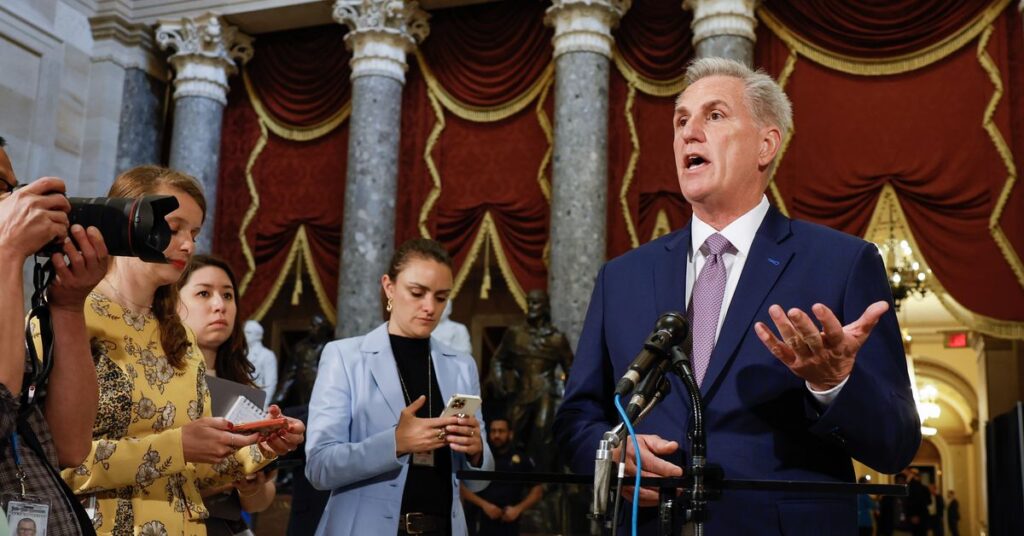The United States has a time bomb written into federal law, and no one knows whether it is constitutional or not.
As anyone who has paid attention to the last dozen years of fighting over the federal budget knows, Congress must periodically raise the nation’s debt ceiling, the amount of money that the US Treasury is allowed to borrow, because the US spends more than it takes in. If the debt ceiling is raised or repealed on schedule, nothing happens. The Treasury will continue to pay for all federal expenses Congress has ordered it to pay, and it will continue to borrow money to pay for these obligations when necessary.
If the debt ceiling is not raised, by contrast, it will trigger an immediate economic catastrophe. Mark Zandi, the chief economist of Moody’s Analytics, predicts that a debt ceiling breach would cause as many as 7 million people to lose their jobs. Beth Ann Bovino, the chief US economist at Standard and Poor’s, predicted in 2017 that “the impact of a default by the U.S. government on its debts would be worse than the collapse of Lehman Brothers in 2008, devastating markets and the economy.”
This completely unnecessary threat to the US economy arises from the odd way Congress manages the federal budget. As a general rule, Congress enacts one set of laws that govern taxation and revenue; these laws determine how much money the United States brings in every year. It enacts another set of laws, known as appropriations, that determine how much money the United States will spend every year. If appropriations exceed revenue, then the United States will run a budget deficit and will need to borrow money to cover the gap.
But, rather than automatically authorizing the Treasury to borrow however much money is necessary to cover this deficit, Congress also enacted a third law — the debt ceiling — that prohibits Treasury from borrowing more than a set amount of funds. Once this limit is hit, the country is unable to pay its bills unless…
Read the full article here





